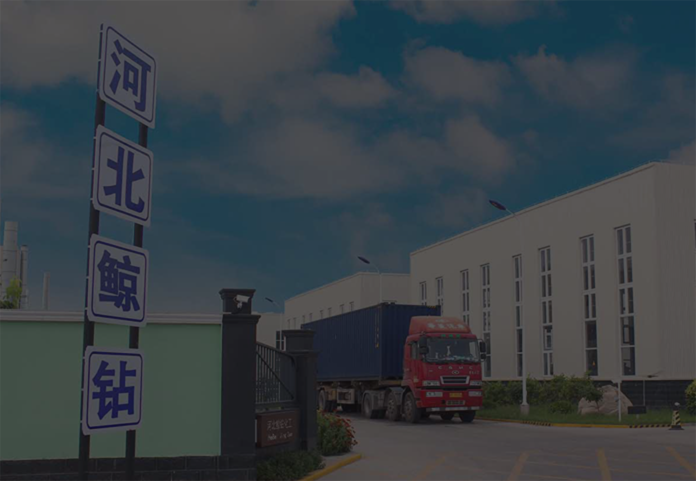
Oct . 11, 2024 08:18 Back to list
hydroxypropyl methylcellulose use
Hydroxypropyl Methylcellulose Versatile Uses and Applications
Hydroxypropyl methylcellulose (HPMC) is a synthetic polymer derived from cellulose, a natural polymer found in plant cell walls. It has gained immense popularity across various industries due to its remarkable properties, which include solubility in cold water, film-forming ability, and thickening capabilities. The versatility of HPMC has led to its widespread use in sectors such as pharmaceuticals, food, construction, cosmetics, and more. This article explores the different applications of hydroxypropyl methylcellulose and its significance in modern industry.
Pharmaceutical Applications
In the pharmaceutical industry, HPMC is extensively utilized as an excipient in drug formulations. Its ability to form gels upon hydration makes it a valuable ingredient in controlled-release formulations. By adjusting the viscosity and gel strength, HPMC can effectively control the release rate of therapeutic agents, enhancing the efficacy and bioavailability of the drug. Moreover, HPMC is used in tablet manufacturing to aid in binding, disintegration, and coating processes. Its non-toxic nature and compatibility with a wide range of active pharmaceutical ingredients (APIs) make it an ideal choice for both pharmaceutical tablets and capsules.
Food Industry
HPMC is also a significant ingredient in the food industry, where it serves multiple functions. As a food additive, it is often employed as a thickening agent, emulsifier, and stabilizer. Its remarkable water-retention properties are particularly advantageous in maintaining the moisture content of various food products, thus enhancing texture and shelf life. HPMC is commonly found in gluten-free baked goods, dairy products, sauces, and dressings, where it contributes to improved consistency and mouthfeel. Additionally, it is utilized in the production of vegetarian and vegan food items as a gelling agent, substituting animal-based ingredients like gelatin.
Construction Sector
hydroxypropyl methylcellulose use

The construction industry benefits from the use of HPMC as a crucial component in various building materials. It is widely incorporated into tile adhesives, plaster, and joint compounds to enhance their workability and adhesion properties. The inclusion of HPMC in these products improves their performance by increasing water retention, extending open time, and providing better adhesion to substrates. Moreover, it aids in the prevention of cracking and shrinkage, making it essential for ensuring the durability and longevity of construction projects.
Cosmetics and Personal Care
In the realm of cosmetics and personal care, hydroxypropyl methylcellulose is embraced for its thickening and stabilizing properties. It is commonly found in skin care products, hair care formulations, and personal hygiene items. HPMC not only enhances the texture and feel of these products but also contributes to their overall stability. In formulations such as lotions, creams, and shampoos, HPMC aids in achieving the desired viscosity while maintaining a smooth and pleasant application. Furthermore, its film-forming abilities make it an excellent choice for use in products like hair gels and styling agents, providing hold and enhancing appearance.
Environmental Considerations
As consumer awareness rises regarding environmental sustainability, the demand for biodegradable and non-toxic materials is growing. HPMC, being a cellulose derivative, is regarded as an eco-friendly alternative compared to synthetic polymers. Its biodegradability ensures it does not pose significant risks to the environment when disposed of properly. This aligns with the increasing trend toward sustainable practices across various industries, encouraging manufacturers to adopt HPMC in eco-conscious products.
Conclusion
In summary, hydroxypropyl methylcellulose is a multifunctional polymer that plays a critical role in a myriad of applications across diverse industries. From pharmaceutical formulations that enhance drug delivery to food products that improve texture and stability, its versatility is unmatched. The construction sector benefits from its contributions to material performance, while the cosmetics industry appreciates its ability to provide desirable product characteristics. As industries continue to innovate and strive for sustainability, HPMC is likely to maintain its significance and witness further growth in its applications. Its multifaceted properties make hydroxypropyl methylcellulose an invaluable asset, underlining its importance in meeting the demands of modern consumers and enhancing product quality across the board.
-
Unlocking the Benefits of HPMC Products: A Gateway to Versatile Applications
NewsAug.07,2025
-
Unleashing the Potential of HPMC Ashland: A Comprehensive Look
NewsAug.07,2025
-
Tile Bonding Cellulose: The Key to Superior Adhesion and Durability
NewsAug.07,2025
-
Hydroxypropyl Methylcellulose Powder: The Versatile Component in Modern Pharmaceuticals
NewsAug.07,2025
-
Hydroxyethyl Cellulose: The Versatile Solution for Various Industries
NewsAug.07,2025
-
Hydroxyethyl Cellulose (HEC): The Versatile Polymer for Various Applications
NewsAug.07,2025







